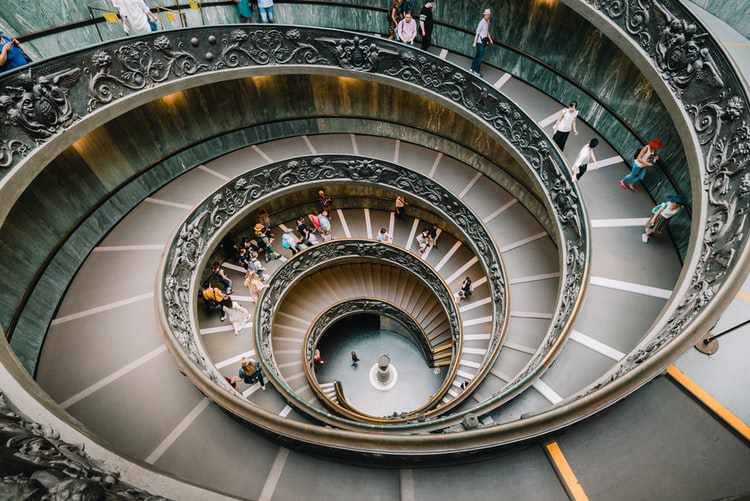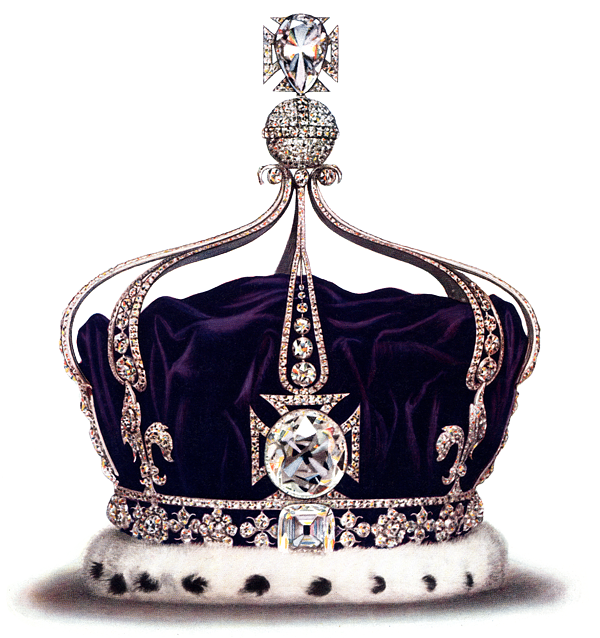
They say two is company and three is crowd. Binary categorization is for lazy folks amongst us. For every Bjorn Borg there was a McEnroe. For every Karpov there was a Kasparov. with the latter having a significant edge. There were solo geniuses like Bobby Fischer with no comparable peers during their time. It is easy to engage in a debate with two protagonists and take sides. In a week when Djokovic joined the rare club of 19+ Grand slams following his win at Roland Garros, I was wondering at the instances of 'one and only's and 'first among the equals' in sports and beyond. A quick memory recall tells that in sporting circles not too long ago, world did notice, felt awed and blessed to have not three, not four but five at the same time for the same nation. I am referring to the time when Rahul, Laxman, Sourav and Sachin served their nation on a cricketing field.

I won't bother you with statistics on how they added a spine to a growing super power in Tests. Here is an anecdote that sums up quite evocatively who they were in the hearts and minds of die-hard Test aficionados.

And the fifth one? When you add 'Jumbo', Anil Kumble, another contemporary legend of the above four, you have a 'leg' up, pun intended, in any debate.
A ball hitting the sweet spot of a bat is music to any fan. A mesmerizing flight of a ball to flummox a batsmen is music to a viewer. But, where is the melody? You rightly ask.
Melody comes when the floodgates were opened, unasked, unannounced. When the Hindi film music came out of the theatrical overdose, playback singing become a norm and composing become more open to influences from every region and genre, the sensibilities of a Bollywood music changed for ever. I am referring to the period of 50s to mid-60s.
In a mood for absolute miserliness, I will offer only one song per composer.
Hemant Kumar: Haunting soulful melody in his deep baritone was Hemant Kumar's forte, Sample this.
Yeh nayan dare dare, Kohraa (1964), Lyrics Kaifi Azmi
Originally from his 1959 composition for Suchitra Sen starrer Deep Jwele jaai has lyrics of Gauriprasanna Majumder. This film is remade in Hindi as Khamoshi (1969), again a Waheeda starrer. Hemant Kumar who composed the Hindi remake also, didn't use this tune in it, as he has already did so for some other context! And therein lies the tune's totipotency.
The opening whistle in the Bangla version conjured the intended magic in Tum Pukar Lo song in Khamoshi. The evocative female chorus Hemant Kumar used is perfected and 'patented' by the likes of Salil Chowdhury and Ilaiyaraja as the music world noticed.
Madan Mohan: The genre of ghazal is ever indebted to Madan Mohan for having used it so successfully and so widely in his career that he is called as the prince of ghazal songs. This Baghdad-born composer also served the Army in World War II. Despite a stellar contribution to the Hindi film music he remained forever an underrated genius always waiting for a commercial hit to bring him at par with the top league.
I am not offering any examples of a Madan Mohan composition when he was at his peak for a reason. In the year 1975 he was composing for Gulzar's Mausam. The song is Dil Dhoondta Hai, a romantic duet sung by Lata Mangeshkar and Bhupinder Singh.
It has its origins in a Ghalib couplet: Jee dhoondta hai phir wohee fursat ke raat din, Baithe rahain tasavvur-e-jaanaan kiye huay (The heart seeks days of leisure gone by, I sit around imagining the face of my lover).
In the song that Gulzar wrote, he simply changed the first word from Jee (heart) to Dil (heart), retaining the rest of the couplet as the first stanza. He expanded the thought into a poetic account of the lover’s feelings. “I wanted to expand on the premise of the couplet, to imagine the state of mind that seeks days gone by,” Gulzar said. [...]
Dil Dhoondta Hai was also a constant source of improvisation for its composer Madan Mohan, who set more than one tune to the song in his own voice. In this audio clip, Gulzar and singer Asha Bhonsle decode the song. One of its many tunes later provided the melody for the song Tere Liye in Yash Chopra’s Veer-Zaara (2004). What Ghalib wrote over a hundred years ago formed a long daisy chain of inspirations. ~ From Scroll.in article.
He was only 51 in 1975 when he passed away.
Naushad: Rooted in the classical genre, he experimented with the orchestration and infused a whiff of fresh air into film music composing.
"In the 1940s and 1950s, when Naushad led others followed. So gripping was his hold over the listeners’ imagination that film distributors would stand to attention whenever his name was mentioned. In the honours list in the film credits, his name would appear after the main hero and heroine. He would charge Rs 1 lakh, plus Rs 10,000 for orchestral charges. The producer could be present during the song recording, but not open his mouth. There was so much aura surrounding him that the trailer of Dastan (1950) that showed how he composed music for the film while hailing “Naushad, Naushad, chaalis karor mein ek hi Naushad (Naushad, Naushad, only one among the forty crore Indian!)”. His musical clout was unmatched". ~ from Ajay Mankotia's DailyO article.
Only one song to pick from Naushad? Only one? Thunbergian admonishment is on its way from my own keyboard! Nonetheless, for this time, I pick Mohe panghat pe. Words were Shakeel Badayuni's and the singer is Lata.
As the letters from the previous examples go. M for Madan Mohan, N for Naushad and O & P for Omkar Prasad Nayyar!
He was a melody king like no other. Giving a tough competition to his contemporaries, film for film, tune for tune, that he weaved his magic without ever using the voice of Lata is too well know fact in the quiz circles. In fact that is the first info, not first intro musically!, on him for every budding quiz participant. A one-level up trivia is to name a non-Hindi film composed by him in 1989 that fetched S P Balasubhramanyam (SPB) best singer state award. Same film whose music stalled a stratospheric musical blockbuster from the unstoppable Ilaiyaraja from winning best composer award. Did I say '89? I moved away from my original timeline, my apologies. What could have I picked, what could have I dropped from his Hindi filmography in that timeline anyways?
Yes, at the twilight of his musical prowess, O P Nayyar showcased what magic Hindi film music missed for over a decade and half.
Here is a prelude, an SPB tribute to Rafi/Nayyar, followed by the actual Telugu song.
The only Telugu film composed by O P Nayyar is Neerajanam. Here is a live performance of it that is penned by Jnanpith awardee Dr. C Narayana Reddy. At the end of the song, SPB also shares an anecdote on how OP Nayyar was pleasantly surprised to know that how a singer in Madras could remember almost all the background musicians who worked under OP baton. Here K S Chitra fills in for S Janaki.
Salil Chowdhury: For a colossus who straddled remarkably between Bangla, Hindi and Malayalam industries, when you put a pistol at my temple to pick only one, I reflexively pick this 1959-60 song, Written originally in Bangla by himself, Hindi words were Shailendra's. Lata sang both the versions.
That he wrote stories and a remarkable repertoire of non-film music and lyrics including ever popular children's songs, is for another post. He left an indelible mark on musical mindscape.
Shankar-Jaikishen: A name synonymous with RK Films, they brought a certain consistency in their classical and commercial output till the very end of their career, For that one song, I will pick a non-RK song from a 1955 film Seema. Man Mohana Bade Jhoothe is penned by Shailendra and sung by Lata and rest my case.
SD Burman: When refinement, remixing and resplendence in a tune needs a name, it summons Shochin karta, Sachin Dev Burman for the Hindi folks. Shuffling genres effortlessly, sprinkling flavors of the land, experimenting with the orchestration, his tunes have an unsurpassable aesthetic aural experience.
You might have heard the Lata hit Sun ri Pawan of 1972 which has rich orchestration that dada Burman could infuse. Perfect turf for Lata to glide and fly. When you look at the original that came decades before the Hindi version, you will marvel what can the Sachin of film composing do. Written by his wife Meeradeb Burman, Ke Jaas Re is a rustic, melancholic call in his imitable nasal tone, stringing the heart's chords even if you do not understand the language.
Very honourable mentions from that timeline also include the 3Rs; Roshan, C Ramachandra and Ravi.
Here is the tip of the hat to the composers who proved that the more, indeed, is melodier.






















Write a comment ...